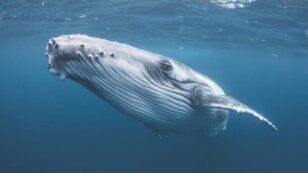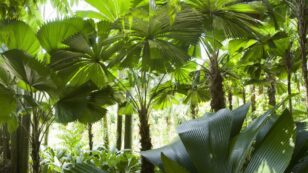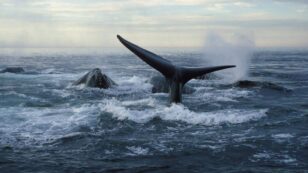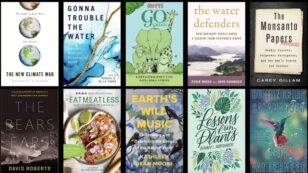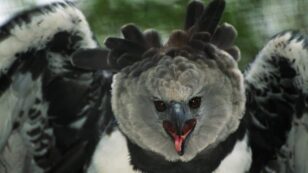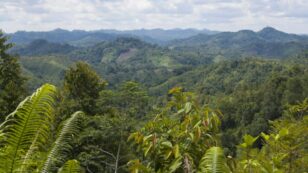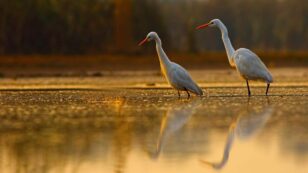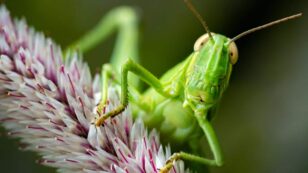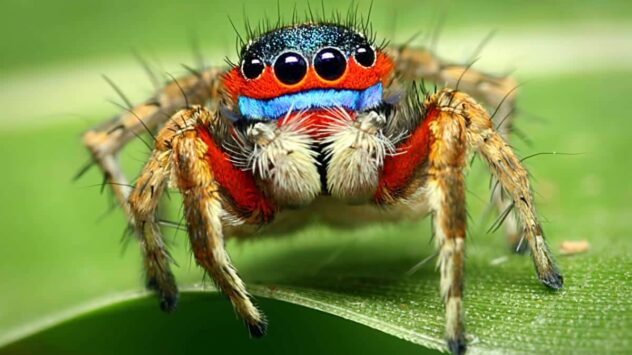
We Need to Talk About Spider Conservation
By John R. Platt Spiders need our help, and we may need to overcome our biases and fears to make that happen. “The feeling that people have towards spiders is not unique,” says Marco Isaia, an arachnologist and associate professor at the University of Turin in Italy. “Nightmares, anxieties and fears are very frequent reactions […]

 233k
233k  41k
41k  Subscribe
Subscribe 

